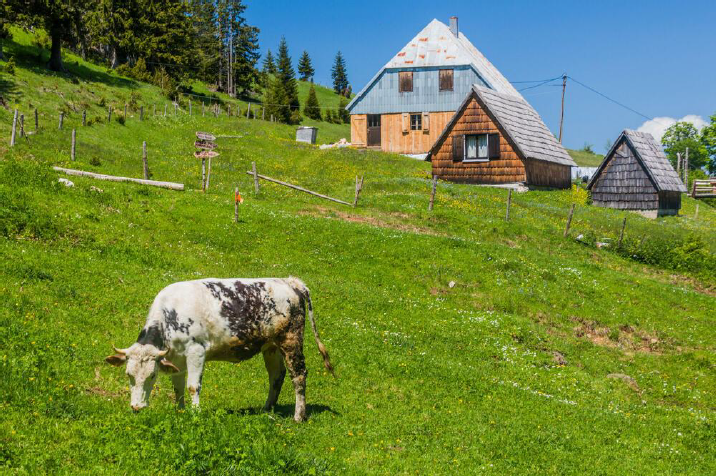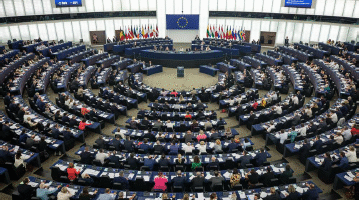Montenegro has lost significant areas of agricultural land over the past decades. To reverse this trend, the new Spatial Plan up to 2040 introduces measures to limit converting farmland into construction land.
That will be allowed only in cases of public interest like for infrastructure projects and private buildings for agricultural production, processing, rural tourism, or family housing will be permitted only on low-quality land and only with prior approval from the Ministry of Agriculture.
These guidelines will apply to every municipal spatial-urban plan, which must precisely define land use on their territory.
Adopted by the Government last week and now submitted to Parliament for consideration, the Spatial Plan states that the main goal of the state policy in this area is managing natural agricultural resources in a long-term sustainable way, with maximum environmental protection and while meeting the EU Green Deal goals.
Boost Production by 40%
The Plan sets clear targets for the next 15 years:
•Increase the use of agricultural land by at least 35%.
•Double (100%) the area of arable land including fields, gardens, and permanent plantations.
•Grow irrigated land by at least 50%.
•Raise the volume and value of agricultural production by at least 40%.
This development scenario depends on new knowledge, tech innovations, new products, and service diversification in agriculture and the wider economy.
The scenario also needs strong investment and institutional support from the state through subsidies and access to international grants. If successful, it will boost production and, crucially, preserve and develop rural areas, encourage people to stay by providing better living and working conditions, and support balanced development across the country.
Broader Policy Goals
•Strengthen agricultural competitiveness, ensuring a stable supply of safe, quality, affordable food.
•Improve rural livelihoods and overall rural development, while preserving traditions.
•Introduce new technologies to enhance food security and competitiveness.
•Expand economic activities in rural areas.
The central aim is to increase Montenegro’s self-sufficiency in food production and reduce import dependence especially for fruit, vegetables, dairy, and meat. Last year, Montenegro imported €772 million worth of food about €3.40 per person per day. Of that, €395 million covered fruit, vegetables, dairy, and meat.
Immediate Priority: Protecting Farmland
Key short-term tasks up to 2030 focus on preserving and adding value to agricultural land. Conversion to construction land will be allowed only for:
•Primary agricultural production or processing facilities.
•Housing for household members.
•Agro-, rural-, or health-tourism services. And only on low-quality farmland (categories V–VIII) or top-quality land if no lower-quality land is available nearby, following local planning or with Ministry approval.
Organic Farming in Focus
Priority goals include:
•Modernizing agricultural technologies.
•Expanding organic farming and protected-origin products.
•Diversifying rural economic activities.
•Building institutions and enhancing investment support.
•Encouraging sustainable farming practices, reducing agrochemicals, protecting soil and water, and improving agricultural waste management to reduce pollution.
To achieve the 40% increase in production volume and value, the Plan proposes modern technological methods, intensifying farming in flat regions especially fields, orchards, and greenhouses and consolidation of land parcels. Livestock production is expected to grow for cattle, pigs, and poultry, while sheep farming may decline.
Given the effects of climate change, irrigation will be essential: within six years, all plantations (fruit orchards, vineyards) and most arable land should have irrigation systems. Support for agro-innovations and agricultural digitalization will increase as well.
Written by our correspondent A.A.



